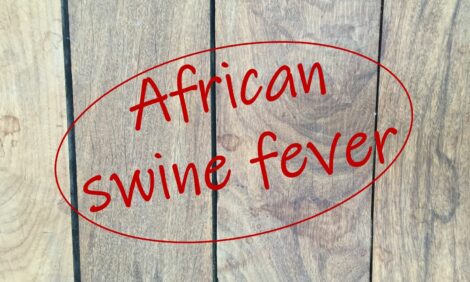



NAPRRS: PRRSV-1 virulent strains in Europe
New PRRS strains have increased abortion rates and sow mortality[Edited version of article by E. Mateu and colleagues, Autonomous University of Barcelona and University of Cordoba, Spain, presented at the 2024 North American PRRS Symposium]
One of the most remarkable characteristics of porcine reproductive and respiratory syndrome virus (PRRSV) is its great genetic diversity that is generated from two main mechanisms, mutation and recombination. This genetic diversity gives rise to a constant appearance of variants, some of which can become predominant if they are the fittest for a given environment. In some cases, these variants can have a virulence higher than the average; when this happens, the consequences for the affected pig population can be dramatic.
The emergence of strains of enhanced virulence has been a constant since the outbreaks of so-called atypical PRRS in the 1990s, through the appearance of hypervirulent strains in China in 2006 to the current 1-4-4 L1C.5 in the USA. PRRSV-1 strains were traditionally considered to be less virulent than PRRSV-2 until the isolation of the Lena strain of PRRSV-1.3. However, this subtype 1.3. had very limited spread in Europe, so this finding did not generate the attention it deserved.
In 2014, Italian researchers reported the emergence of a strain of virulence equal to or even greater than Lena, which they named PR-40. Subsequently, a strain of increased virulence was also reported in Austria, although in neither case did the disease spread outside the affected areas.
At the beginning of 2020, PRRS outbreaks of unusual virulence began to be reported in Spain with increased abortion rates (>70% in the onset of the outbreak in sows at last third of gestation) and very high mortalities in sows and growing piglets, up to 10% and 50%, respectively.
The first sequencing data indicated that the causative strain (which was named Rosalía) belonged to the clade derived from PR-40 but also showed that Rosalía was the result of different recombination events, some of them with local Spanish strains. Rosalía first spread in the areas with the highest pig density during 2020 and 2021 with devastating effects. Starting in 2022 it began to be reported in other areas.
To date, Rosalía's progeny is widely predominant in new PRRS outbreaks and although some outbreaks appear to be less virulent, large numbers of casualties continue to occur. In weaner pigs, mortality may range between 15-25% on average, even after the strain becomes endemic.
The most common clinical features are high fever, severe pulmonary involvement with a diversity of lesions including interstitial pneumonia, proliferative necrotizing pneumonia, and strong perivascular and bronchial infiltration, as well as suppurative bronchopneumonia in cases of bacterial complications. Pulmonary edema is a common finding among dead pregnant sows.
The rapid spread of the virus and the fact that it has infected millions of animals in a very short period has led to very widespread diversification. There is no longer a single Rosalía strain, but rather a constellation of variants generated by mutation and recombination that predominate over other clades.







